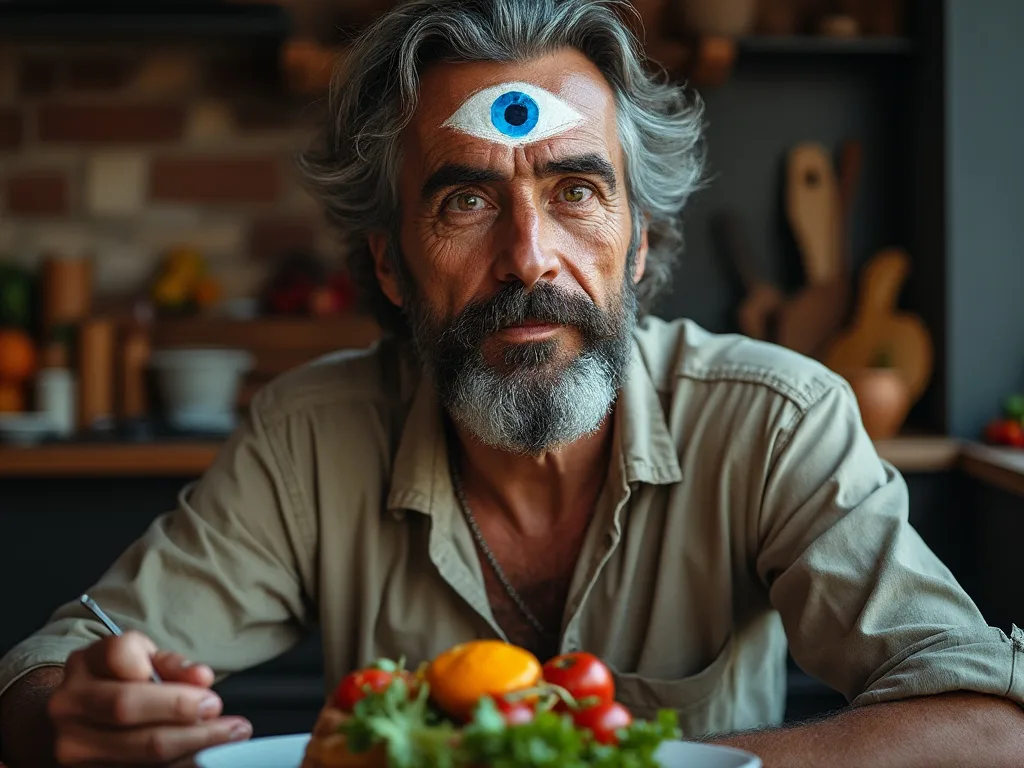A brief history of the theory of evolution, where it is lacking, my suggested solution and what it might mean for us. Or – how I lost all my readers on the account of arrogance
This is the most audacious post I wrote to date.
The claims below are, well, slightly beyond my field of expertise. It will be surprising if they are correct (and if so – not thought of before) but I find them interesting as a thought experiment – not just for practical reasons.
So here goes. My proposal for closing gaps as well as expanding the Darwin and Mendel evolution and DNA theories.
Still here? Super. Let’s take a tour into the history of evolution, see where the cracks are (from where, some say, god is peeping) and how I suggest we patch them.
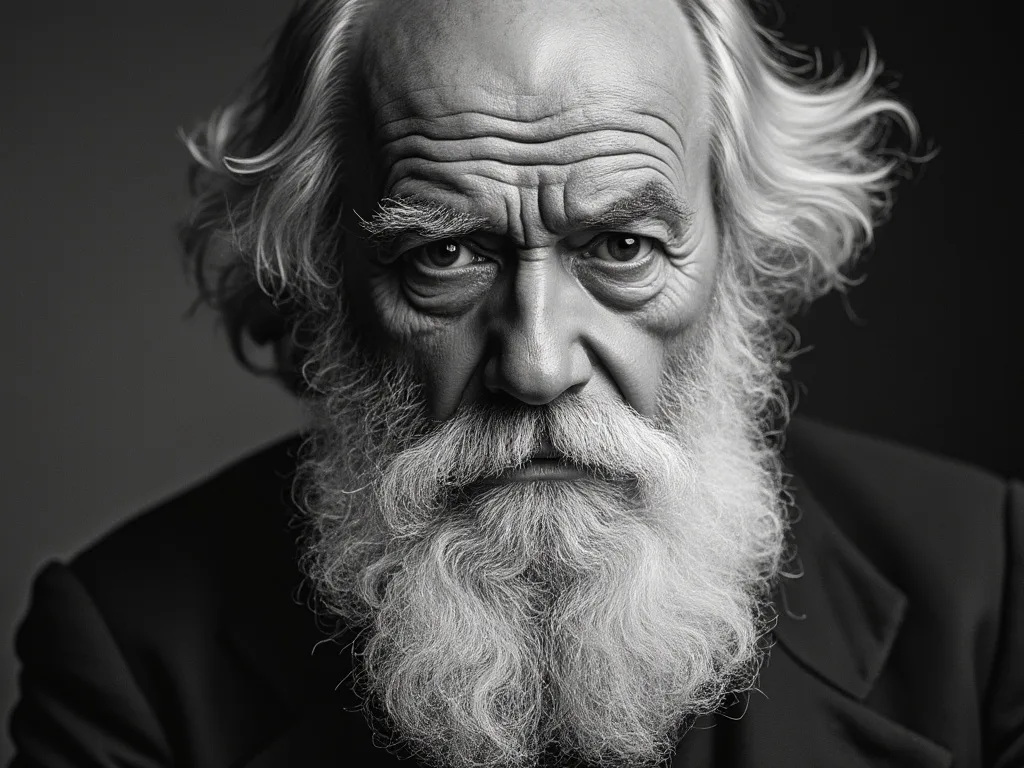
Darwin’s Theory of Evolution
The year is 1836, Charles Darwin returns to England all excited from a 5-year cruise on the Beagle. He has a theory circulating in his head so he sits to put it on paper. Absorbed in his work he does not look at his watch, and 23 years later he publishes ‘On the Origin of Species’. The book that first illustrated the theory of evolution. In short – the theory says that species evolve over time through natural selection – those with advantageous traits (in the environment they live in) survive and reproduce more, passing those traits to their offsprings. He later coined the term “survival of the fittest”.
A Monk Called Mendel
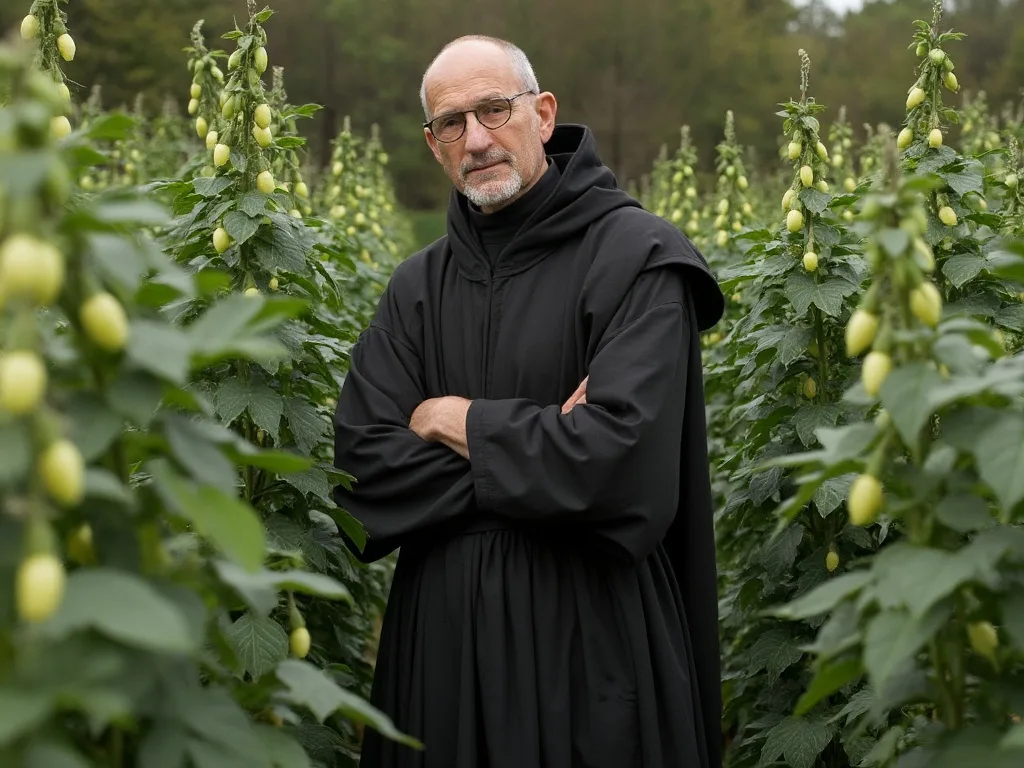
In 1866, a few years after Darwin’s book, a monk named Gregor Mendel published a (then) obscure article called ‘Experiments on Plant Hybridization’. He found something, which he called “elementen” – that only in the early 20th century, when his work became famous – got the name “genes” and is thought to be the building blocks and driving force of evolution.
Randomness is Slow
During the early decades of the 20th century the understanding of both evolution and genetics was supplemented by the concepts of mutations and randomness. Meaning – evolution progresses by the genes undergoing random mutations. Some of these mutations are advantageous to the creature “made” of these genes and some are not. Creatures born with random “improvements” have better chances of survival and so – evolution moves forward.
Since change by random mutations is a very slow process – especially for large creatures with long lifespans and few offspring – the evolution of new “features” is super-slow. Our eye for example is estimated to have evolved to its current form in the short span of about 100 million years. This is why it is so hard for us to grasp how such complex “parts” of our body exist (and where the idea of “design” by an all-powerful entity comes to our human intuition). What we forget is that even a less-able eye is useful. One that can only detect light for example. Or movement. So the less evolved creatures before us were happy with what they had – as our children’s children’s children will be happier with an eye that has zooming capability, can detect heat and sees through clothes.
A Selfish Gene
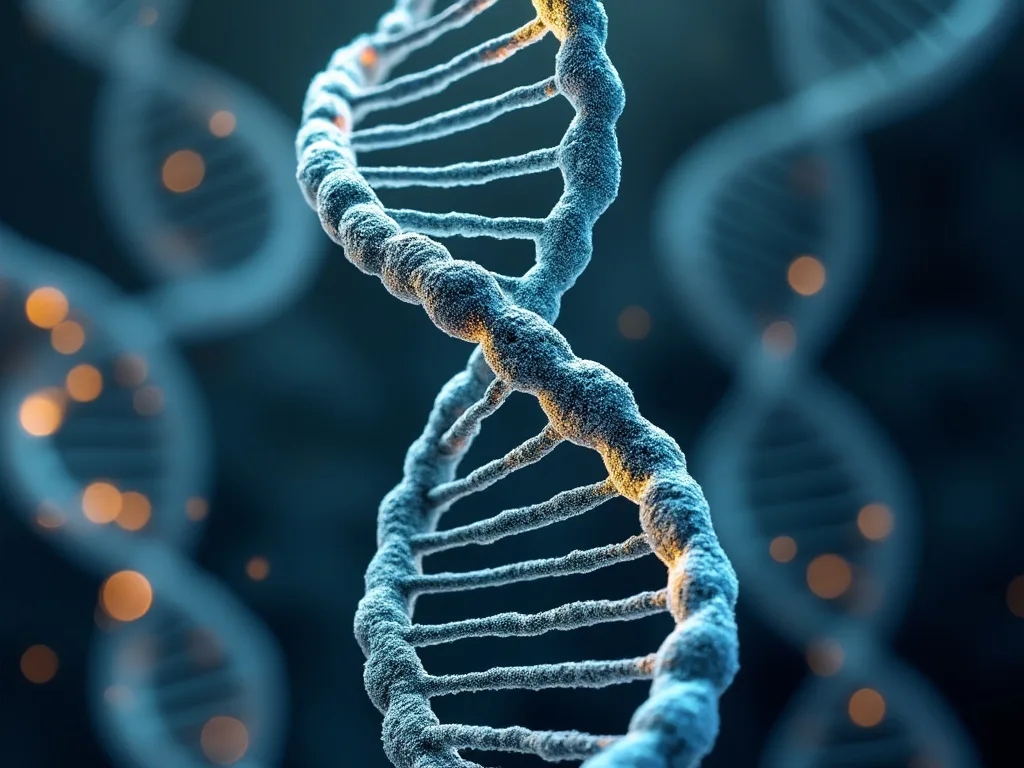
In 1974, Richard Dawkins, a British biologist, wrote a book called ‘The Selfish Gene’. In it he took the theory of evolution “down a notch” in matter of scale. He called genes “selfish” as a metaphor to his theory (since adopted by the broad scientific community) that the selection for the better mutation is happening at the gene level. Not the creature (he calls us “vehicles”). If a gene mutation is better in surviving in the “environment” it exists in – it will prosper. And the higher scale traits (such as eyes, wings, speaking and building satellites) are “emerging” from the complexity below.
[Dawkins is one of my favorite writers. Aside from this book he also wrote ‘The Blind Watchmaker’, ‘The God Delusion’ and other books which are fun, easy to read and enlightening].
Only 36%
So we have genes plus random mutations plus time explaining how we arrived at who we are, right? Not so fast. In recent years much has been discovered that is not explained by genes and random evolution. For example only 36% of our children’s height is directly attributed to genes from the parents (and no, it is not an explanation why the baby looks nothing like the husband).
Another example of randomness taking a pause, is the case of mothers exposed to air pollution, developing asthma and passing the condition to their unborn children even when the children were not exposed to the same environment.
Lamarckism, Epigenetics and Influencers
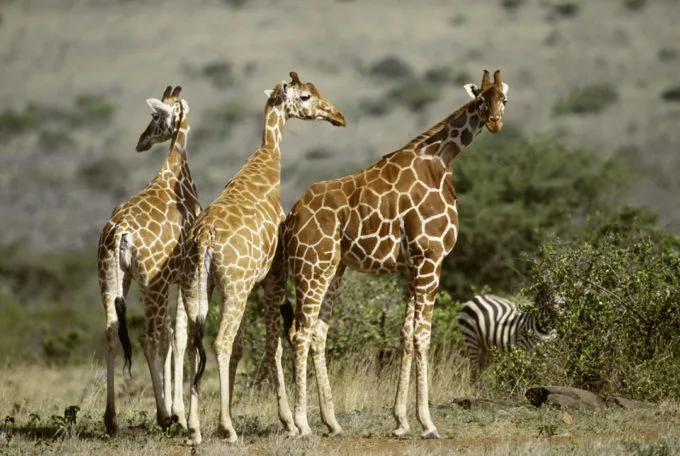
So a short-necked Giraffe, stretching and trying to reach higher leaves, makes its offspring have longer necks? Apparently not. This is what Jean-Baptiste Lamarck preached for in the early 19th century and was since refuted in experiments and observations. So how can we explain these single-generation-non-random adaptations? By complexity, Epigenetics and influencers.
Complexity – the most simple explanation – says things are, well, complex. Height cannot be explained by a “height gene” simply because there is none. There are many genes interacting in complex ways impacting height (or intelligence, or liking mint-flavored ice cream). And this complexity can evolve randomly while hiding from our understanding. But complexity cannot explain cross-generational effects. Here comes Epigenetics.
Epigenetics is a modern explanation showing genes have “expressions” – how they are manifested into traits (phenotypes) – that are not only impacted by their blueprint (genotype) but also by external (heritable!) marks. These Epigenetic Marks are influenced by external things (remember the pollution above? But also positive environmental conditions and even, amazingly, deliberate ones). And so we have single-generation “evolution”.
Cascading Creatures
Let’s take one step up the scale ladder.
Our DNA is stored in the cell’s nucleus. This nucleus exists in a variety of creatures – animals, plants, fungi. These cells are called Eukaryotic cells. But they are not the only type of cells. There are also Prokaryotic cells which are simpler and are found in bacteria (ok – and archaea. For the biologic purists in the back row).
The interesting thing is that eukaryotic (our complex) cells were probably created by prokaryotic (simpler) cells “swallowing” other prokaryotic cells and finding it is better to exist this way (because I’m sure you wandered – this is called the Endosymbiotic theory and it is widely accepted today).
From the most basic building block of a living thing – creatures are eating/merging with smaller creatures. They take advantage and collaborate with their environment through these assimilations.
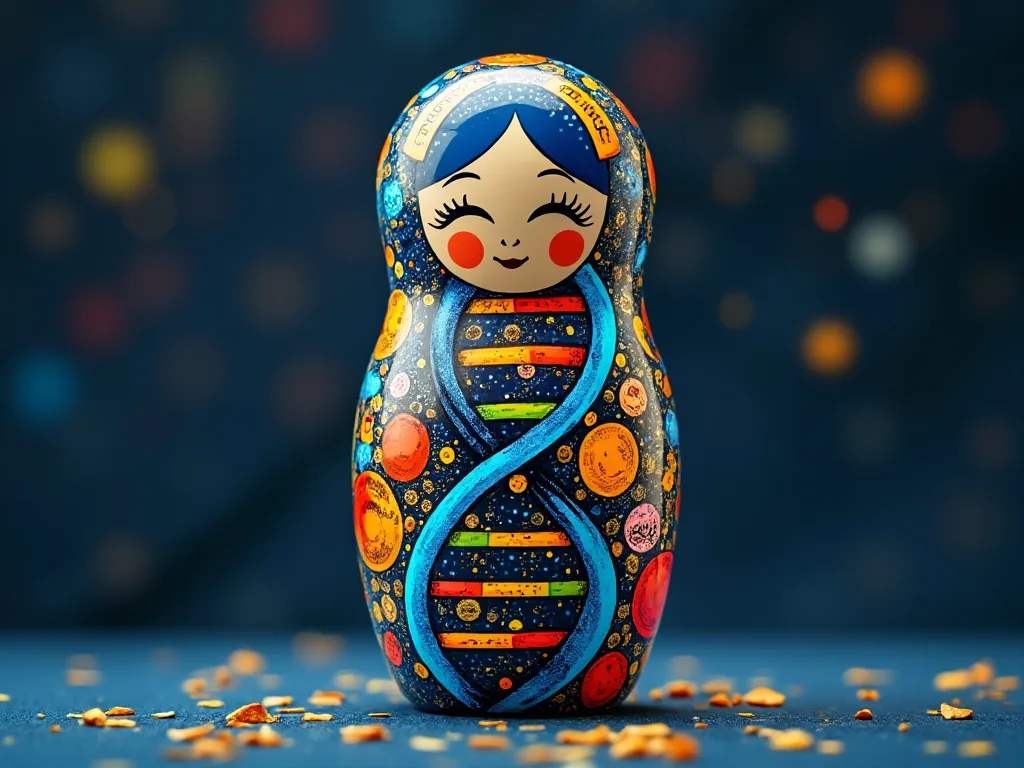
Gene Matrioshka-hives
Every living creature can thus be imagined to be a matrioshka-hive of genes. One creature inside another inside another – all collaborating (or exploiting) each other and their environment.
There are some amazing examples of how this is happening at the macro-level. The Emerald Sea Slug swallows an algae, adopts its genes and starts to photosynthesise through its skin. It can then stop eating – producing all its required nutrients from light, like a plant. Broccoli seems to complete a missing genetic property in people with a tendency to lung cancer, reducing their risk of illness. Biocommunication (the communication between creatures at different levels such as plants and animals) and Semiochemical (the ability to affect the behavior and traits of other creatures) are all around us. I will omit the story of the zombie ants and our vagus nerve to protect your sleep.
A multitude of long words (Endogenous retroviruses, Transposable DNA, Mitochondrial DNA, MicroRNA) regulate our genes a third of the time. Not our genes themselves, like we initially thought. Plus, the fact our body contains more non-human cells than human ones can give us a glimpse of what we think we “are” and what we are actually controlled by.
Evolution Clocks
Let’s come back to the microscopic level and look at creatures the like of bacteria. These little things multiply rapidly. Very rapidly. They divide and not reproduce sexually, have simpler genomes and so “run” on a much faster clock. They evolve (randomly) on a different scale compared to larger creatures. So if a need comes (that is – change in the environment) their successful generations will appear very fast (random, random, random, bingo!).
And if these creatures are at the bottom (and helm) of the matrioshka hive – evolution can (and does) work at a different pace compared to the random Mendelian/Darwinian mathematics. As long as it meets the “wishes” of the hive on all its levels.
[By the way – this “behavior” of possible jumps in evolution is supported by fossil evidence and is named Punctuated Equilibrium but I do not want to go into the argument or join a camp in the “evolution by jerks” vs “evolution by creeps”].
Bringing it All Together
We have come a long way. From Darwin’s natural selection, through Mendel’s genes, the understanding of mutations and randomness, epigenetics, and the concept of cascading creatures. And we discussed the factors impacting the rate of evolutionary cycles.
And so here is my new theory of evolution:
Large-scale evolution can happen at non-random, non-slow pace if the creatures in the we-hive so decide.
The reason we do not see people with wings? Scale and complexity. For apparent changes to emerge many “interests” need to align down the scale ladder.
But that does not mean they will not. Or that we will not be able to “solve” the complexity one day and influence evolution this way. Either by intent or by mistake.
As for intent – food is a good place to start. Every creature is interested in food – so if we provide the right one at the right scale – we might get the whole hive to live long and prosper. Meaning – if there are small creatures at the base of our matrioshka that can generate positive genetic outcomes up the ladder – for example not aging and not falling ill – we will want to make sure they are well fed and happy. And that might be achieved with the right food at the right quantity for the right gene-hive.
As for mistakes – please do not start with COVID mRNA vaccination. Your third eye is twitching.
